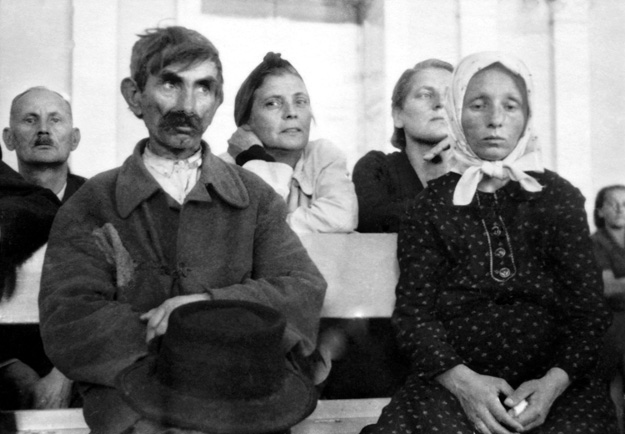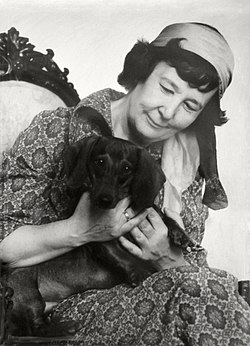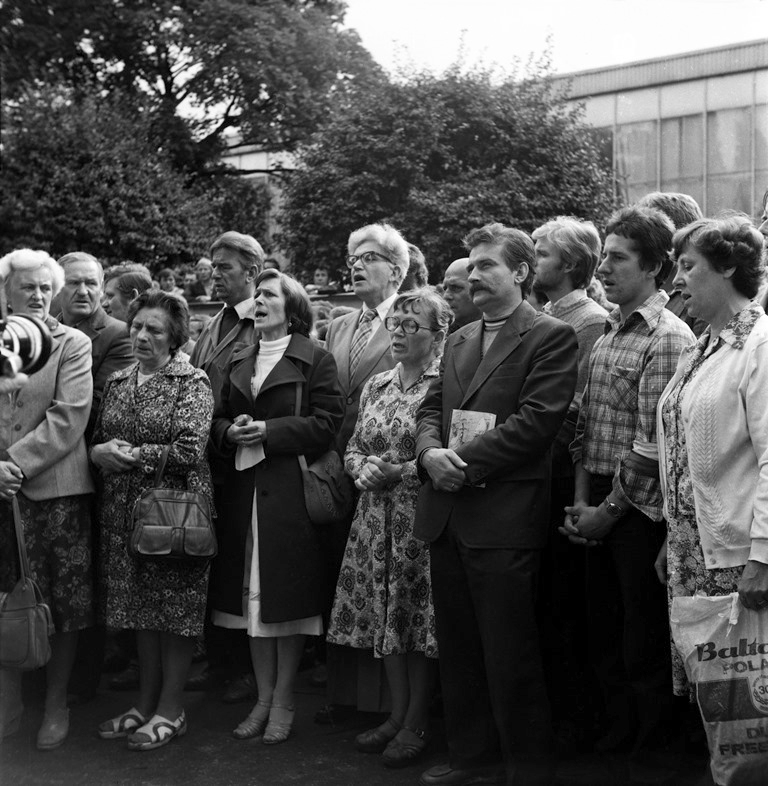Antisemitism after the second world war – Kunmadaras
Fact of the Hungarian figure „Brick Factory in Obuda – The Holocaust in Hungary”
Part of the „The Holocaust” topic
After World War II, Hungary found itself in a state of economic and political chaos, which led to a resurgence of antisemitism, culminating in violent episodes during 1945 and 1946. Despite the horrors of the Holocaust being widely known, antisemitic violence erupted once more, with pogroms occurring in places like Kunmadaras and Miskolc just a year and a half after the deportations and mass killings had ended.
The pogrom in Kunmadaras on May 21, 1946, saw the lynching of three Jewish men by an enraged mob. The events were triggered by a local people’s court trial against a Protestant schoolteacher, which many locals felt was unjustly based on false accusations. When rumors spread that the police had been tipped off by local Jews, tensions boiled over, and the Jewish community became the target of violent attacks. Jewish traders at the local market were accused of profiteering and price gouging by the crowd, which soon grew more violent. Ultimately, Jewish homes were attacked and looted, resulting in three deaths. Most of the attackers were poor local residents, primarily women and young people, and, notably, members of the local Roma community were also involved. The police failed to intervene in time, and no one initially stepped in to protect the Jewish victims.
Historian Péter Apor, in his book Revolution in the Backyard: Mass Violence, Antisemitism, and Political Transformation in Post-War Hungary, 1945-1946, delves into the social and political roots of the antisemitic violence that swept Hungary during this period. Apor highlights how the economic collapse, the political uncertainty of Hungary’s Sovietization, and deep-seated antisemitism contributed to these violent episodes. Antisemitism became a tool for scapegoating, with returning Jewish survivors often viewed as a threat by those who had taken over their confiscated properties during the war.
One of the most bizarre manifestations of post-war antisemitic hatred was the revival of medieval blood libel myths. In 1946, towns across Hungary, including Kaposvár and Komló, were shaken by rumors that Jews were abducting Christian children for ritual murder. In Budapest, for example, a market vendor was nearly beaten to death at Lehel Square after rumors spread that he had mixed Christian children’s body parts into his sausages. These absurd and baseless accusations, which claimed that Jews were using Christian children’s blood to make food, became part of the antisemitic wave that led to lynchings and mob violence.
Researchers like Apor and László Csősz have shown that the antisemitism of 1945-1948 in Hungary was deeply intertwined with broader social and political issues. It was exacerbated by widespread economic hardship, social unrest, and the fear that returning Jews would reclaim their confiscated properties. This complex mix of factors, heightened by post-war chaos, inflation, and political transition, created fertile ground for the tragic events like the Kunmadaras pogrom.
These violent outbreaks of antisemitism in post-war Hungary reflect a painful reality: the legacy of the Holocaust did not end with liberation but continued to cast a long shadow over Jewish survivors, many of whom faced hostility and violence upon their return home.





